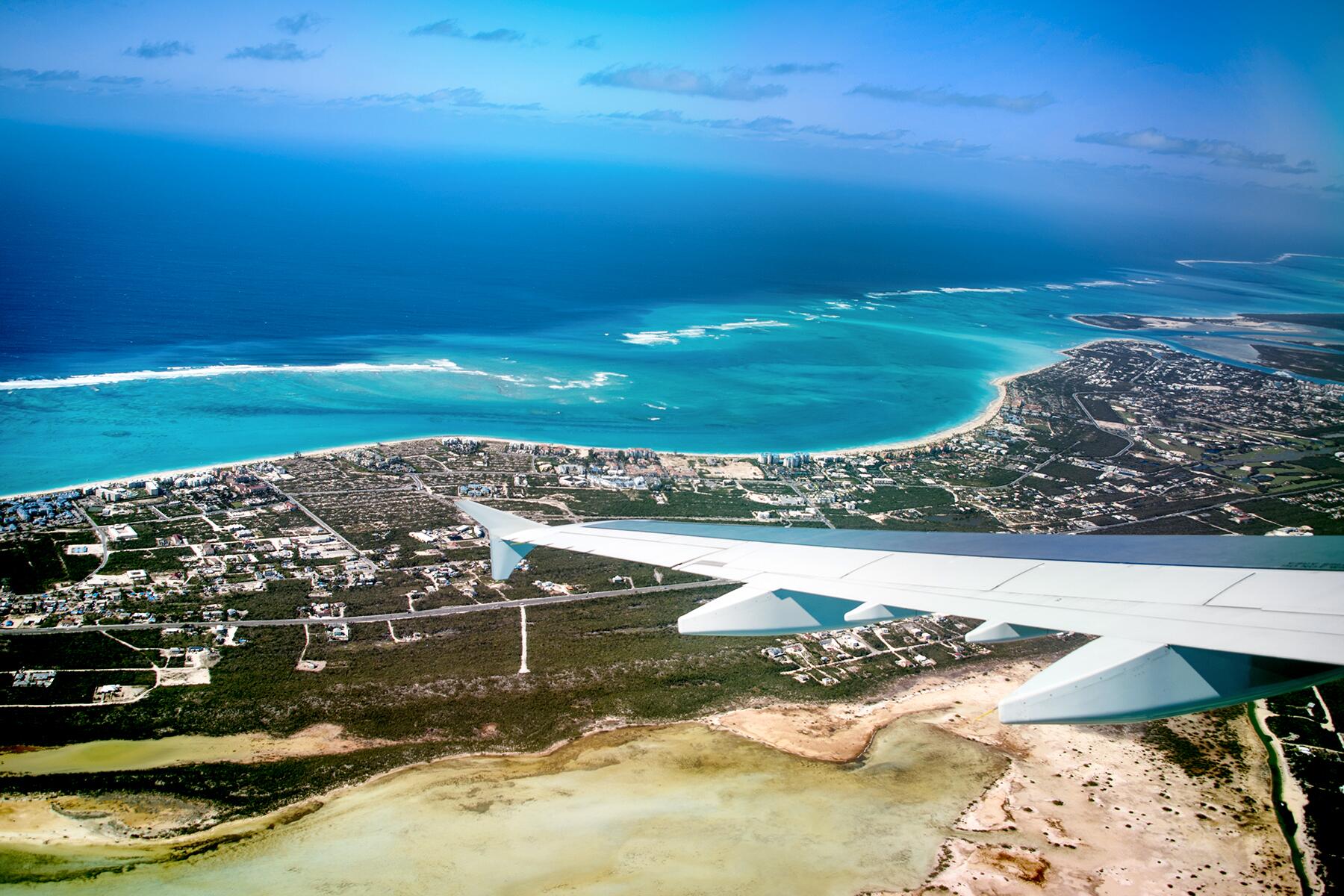Water restrictions in Spain, India, South Africa, and more.
Spain was unusually wet last week. In Seville, in the south of the country, Easter Week was disrupted by a storm and processions were cancelled, much to the disappointment of locals and tourists. The drought-affected country had a bit of a relief after the rains, though its ongoing water crisis is far from over.
In many parts of Spain, including Barcelona, travelers can expect water restrictions this summer and they should travel consciously through destinations that are facing challenges due to shortages. But Spain is not alone.
What’s Happening in Spain?
Catalonia declared a state of emergency in February after suffering from a drought for 1,000 days. It hasn’t rained in some areas for three years and water reserves are down to 16% capacity. So, swimming pools are empty, fountains aren’t operational, and water parks are closed. The agriculture sector is the biggest consumer of water, and farmers are ordered to cut consumption by 80%. Although the March rains helped Catalonia, the authorities think it’s too soon to ease restrictions.
In Barcelona, signs on the beaches inform beachgoers that the showers are turned off. But so far, the tourism industry has been mostly exempt from restrictions: Hotels have been allowed to use desalinated water in pools and officials insist that tourists can still enjoy their vacations in the city.
This inequality has been under fire from activists and locals. The residents are limited to 200 liters of water per day, but a tourist in a five-star hotel consumes as much as 242 liters a day. The anger isn’t just about water though. Barcelona residents have been protesting overtourism for years, fed up with crowds, price hikes, and unruly behavior. However, tourism is important to the country–it contributes 12% to the country’s GDP. More than 84 million foreign tourists visited the country in 2023 and injected 108 billion euros into the economy.
Recommended Fodor’s Video
Taps have also run dry in the southern parts of Spain. The harvest of grains, fruits, and vegetables has been impacted by the drought. Prices of olive oil soared last year due to low yield of the crop. Authorities declared drinking water undrinkable last April in some small towns in Andalusia; residents have been without clean tap water ever since.
Recent rains have given hope to the Andalusia region. The reservoir is now at 40% capacity–it had been at critically low limits before, below 20%. Some restrictions may be eased to increase permitted daily water consumption for residents, and it may allow pools in the summer months for tourist arrivals, but the situation remains still critical.
If you are planning to visit this summer, remember that the country is struggling due to water shortages and be conscious of your water usage. It may also be better to avoid the most impacted areas, so resources are not stressed even further.
Related: Fodor’s No List 2024
Global Water Scarcities
Spain is hardly the only popular tourist destination facing a severe blow to its water resources. It is a global crisis. Around four billion people face water scarcity at least one month per year. Although there are multiple reasons for this, the systems are likely to be stressed in the wake of climate change, and the problem will become more common on all continents.
Sicily, Italy, has also declared a state of emergency amidst the worst drought in two decades. Water is being rationed in the city and Sicilians are stocking up supplies. A crisis also looms over the Aegean islands in Greece. Drought along with an increase in consumption is stretching resources thin in Greece and it is expected to be a difficult year as reservoirs run low.
Water in some neighborhoods of Mexico City has also dwindled to a trickle and experts believe that “day zero” may be a few months away when the water will run out for many–some are predicting it for June 26. Mexico has had abysmally low rainfall in the past years and the reservoirs that fill the Cutzamala water system are running historically low. The inequality of access to water is also evident. While millions have limited access, wealthy Mexicans are known to have private lakes, many that only serve an aesthetic purpose.
Cape Town, South Africa, was the first global city to come close to “day zero” in 2018 when water supply for 4 million residents would have shut down. Poor management and a long drought squeezed the city dry, but it avoided a catastrophe with a mix of measures, including restricted consumption and diversifying water sources. Currently, Johannesburg is experiencing a dire shortage and half of its 5.5 million people have limited access to water. Water providers are urging residents to take two-minute showers, flush only when necessary, and not fill pools.
In the Silicon Valley of India, Bengaluru, government bodies have imposed restrictions on residents and violators are being fined after the city was hit by a water shortage before summer. Potable water can’t be used to fill swimming pools or wash cars; supply is being cut to major institutions, industries, and apartment complexes; and borewell drilling is banned without permission.
As a traveler, you can be water-responsible by keeping an eye on local news, choosing accommodations that are using water efficiently, and being conscious of your own consumption. A golf holiday in an arid region with scarcity is not the best use of your passport.



